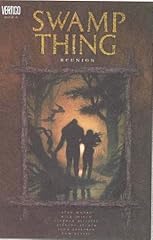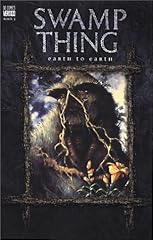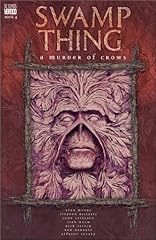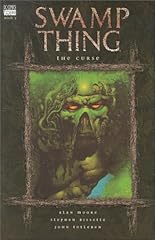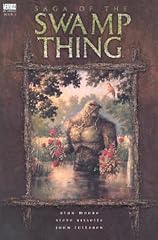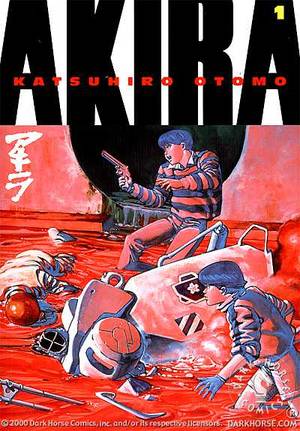
Akira - Volume 1
By Katsuhiro Otomo
I first read the complete Akira saga maybe about six years ago, just as Dark Horse completed their six-volume reprint of Katsuhiro Otomo's 2,000-page masterpiece. Previously I had only read one volume of the colorized Epic reprints (Akira was originally presented in black and white), and watched the film adaptation a load of times.
As was the case for many Americans, the film was my introduction to this world. It was awesome. I had never before seen animation like that, and the story was a heady mix of Big Concepts and Awesome Action. Loved it enough that when I learned it was a comic, too, I wanted to check out the full original manga. The film adaption was written and directed by Otomo himself, so it reflects his vision, but I knew from that one Epic collection I read that there was a lot more to the Akira story than what we saw on film.
And oh BOY is there a lot more in the comic, and it's super awesome.
For instance, this first volume has but one scene that will be familiar to people who saw the movie, maybe two (and even the second is quite different than the film). Some 500 pages -- and it's practically all new if you've only ever seen the film!
Yeah, there is a lot going on here.
The characters tend towards the unlikeable in this first volume, so the reader interest is mostly wanting to know what the deal is with these Big Secrets. It's the mystery that pulls you along initially, not the engaging story because to be frank, the story in these first stretches isn't very engaging. We get a load of kind of boneheaded motorcycle gang fights; lots of bang and clamor, little substance. From here the ride just gets bigger, crazier, and more involving than you can imagine. Initially, though, Otomo takes his sweet time letting the core story unfold. Most of these 500 or so pages deal with the motorcycle crash seen early in the film, and Tetsuo falling in with a rival motorcycle gang, which is not seen in the film. It finishes with a climactic standoff that shows Tetsuo for the uber power that he is.
If the truth be told, as magnificent as this epic is the early stages feel burdened with directionless filler that never really pays off. Sure, Joker, head of the Clown gang, has an enjoyable return late in the saga, and the issue of Tetsuo's drug use is also dealt with, but some of this still feels stretched out far beyond its welcome.
Stretched out, yet still frantic. This thing moves as a breakneck speed. You've got to force yourself to slow down or you'll miss much of the amazing detail Otomo painstakingly gives his Neo Tokyo. His art on inanimate objects and landscapes and cityscapes is astonishing.
Wait, inanimate objects? Well, yes. His people look great and distinctive and exude a sense of motion -- no complaints here -- but his faces veer towards the cartoony (in the Japanese style), which is at odds with the hyper-realistic environments he draws. It's not bad, it's just that you've got to get used to this seeming clash of styles.
The storytelling takes some getting used to, too. The text is relatively sparse compared to American comics -- there are no captions and very little exposition -- and the transitions between scenes are sudden and jarring and often done mid-page. I don't have enough experience with Japanese comics to know if this is common. Could be.
None of these are bad things by any means, they're just things you have to get used to. But no worries, because by 40 or 50 pages into this volume you're into the story and zooming along with motorcycle gangs and the military and watching a mystery unfold involving people with powers and a world that survived WWIII and, and, and ...
And the amazing thing is, though this is pretty good, it's still the weakest of the six volumes. Things only gets better from here. Like, a LOT better.
An earlier version of this review was originally posted at IMWAN.com.
Read my regular, everything-and-anything (usually on writing and music) blog right over here.
